
Earlier this month, Forza Horizon 3 saw its sixth car pack arrive, bringing an end to packs covered by the Car Pass. Within the Duracell Car Pack were two cars last seen in the Xbox 360 era: the BMW 507 and Volvo 242 Turbo Evolution.
This hasn’t been the first time previous-generation cars have returned to the franchise with a visual upgrade. Fans of ’90s JDM metal saw the second-gen RX-7 and third-gen Supra arrive in November and December respectively, while a recent Forzathon event offered up the Mercedes-Benz 300 SEL 6.3 as a prize.
The returning favorites got us thinking: what other cars are prime candidates for a refresh? A few of us here at GTPlanet combed through the (surprisingly long) list, and have selected what we believe are the dozen cars that need to make a comeback in the franchise, either in FH3 or the upcoming Forza Motorsport 7. We present them here in alphabetical order.
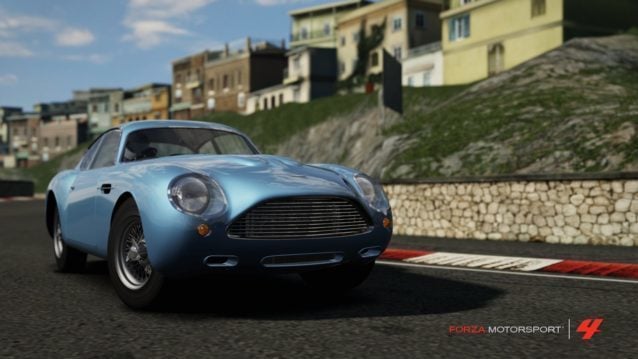
1960 Aston Martin DB4 GT Zagato
Here’s a car that popped up late in the life of Forza Motorsport 4, never to be seen again. Compared to its closest sibling in modern Forzas (the DB5 Vantage), it has barely less power (314 hp), but those stout English horses are contained in a much smaller car that weighs a surprising 500 lbs less.
The big argument in favour of the DB4 is the Zagato lineage. This was the first collaboration between Aston Martin and the Italian coachbuilder, a partnership that thrives even to this day. With the modern V12 Zagato already a staple in the series, we believe this great-grandfather model deserves to be included.
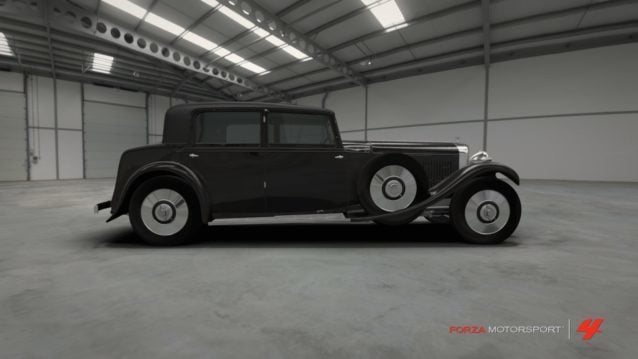
1931 Bentley 8 Litre
Just look at it. The hood stretches almost halfway to the rear wheels. If it were any longer, the driver would have to send a messenger pigeon to the front wheels.
You may have forgotten about the Bentley’s inclusion in FM4. That’s understandable, since it was only accessible in the game’s Autovista mode (a teaser of the XB1 generation’s Forzavista). Players could only access a handful of ultra-detailed models here, and amidst the new metal sat the oldest car to ever be a part of the Forza franchise.
Sure, the 8 Litre wouldn’t be challenging any lap records, but it could join the other loveable oddballs in the series, from the giant Mercedes racing truck to the tiny three-wheeled Reliant.
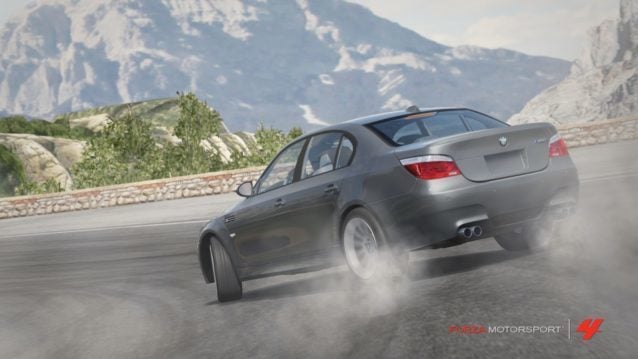
2009 BMW M5
We’re caving to the popular consensus with this one — the V10-engined M5 is one of the most-demanded cars in Forza circles. It’s not without merit: while the jerky transmission was criticized around launch, this is still a modern sedan that can keep sports cars honest. It’s also a car that reminds us of what M Sport used to stand for: that engine is a bespoke screamer.
Another reason to include the E60-generation bahn-stormer is one of completeness. This iteration of the M5 is the only one left out on the current platform, and that’s a shame. If the drift kids can have their S14 Silvia (in two flavors), there’s got to be room for the fourth M5.
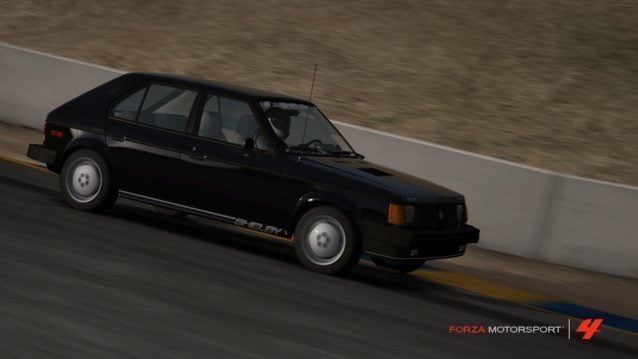
1986 Dodge Shelby Omni GLHS
The Omni’s inclusion in the Forza franchise arguably represented a change in the focus of the car list. While the latest supercar-du-jour was likely to be amongst the ranks, Forza Motorsport 4 began to look past the new metal for older, more left-field choices.
Improved upon by Carroll Shelby himself, the Omni GLHS (“Goes Like Hell Som’more”) was a seriously potent machine in the mid-eighties. With a turbo 2.2-liter engine under the hood, it could rip off 0-60 mph times in the 6.5 second range. That’s quick even in today’s hot hatch world, never mind over thirty years ago.
If you’re looking for something similar, there is a Talbot Lotus Sunbeam in Forza Horizon 3.
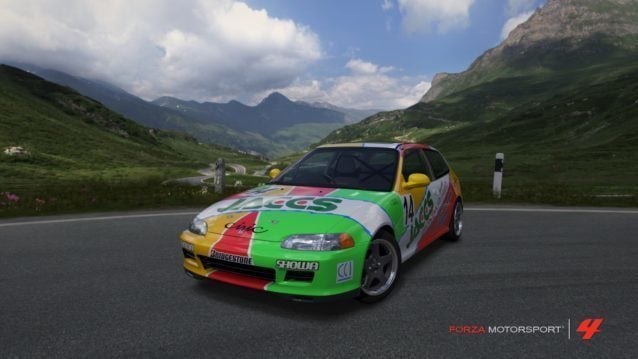
1994 Honda Civic 1.5 VTi
Your eyes do not deceive you. That’s a Civic sans the red R emblem, painted up in a classic racing livery that Gran Turismo fans should find familiar. Why this? Our man Josh explains:
“The Forza franchise was basically formed on its extensive range of customizing that wasn’t really seen in other games of the same genre. This allowed for such charms as absurd turbocharged Aygos and other pedestrian models. With the shift to the next generation, cars like grocery-getter Civics were taken out in exchange for more casual consumer orientated models. I’d like to see cars like this return to refresh the series back to it’s ‘achievable build’ roots.”
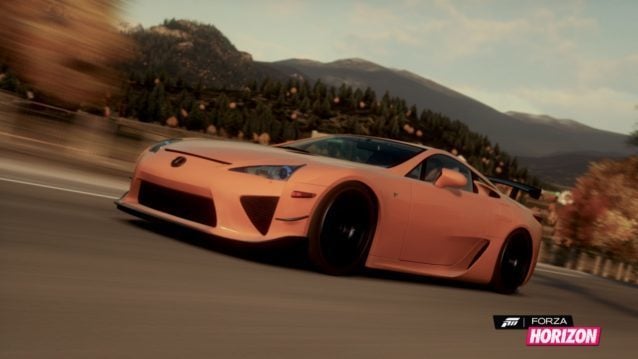
2012 Lexus LFA Nürburgring Edition
Now here’s an oddity: a top-of-the-line model that was included in a Forza title, only to be dropped in favor of the “base model” in subsequent iterations. Typically, only the best-performing version of a particular car’s generation shows up in Forza.
Take the C7 Vette in FH2 as an example: the Stingray existed in the base game and the Z06 was introduced in DLC. When FM6 rolled around in 2015, the Stingray was nowhere to be found. How disappointing.
Now we’re not advocating for an obsessive, every-model-ever approach — we’ve seen how that can turn out — but sometimes an extra model or two in a given generation wouldn’t hurt. The LFA Nürb would be a lot of fun to contrast against the regular model, especially in the more sim-oriented Forza Motorsport 7.
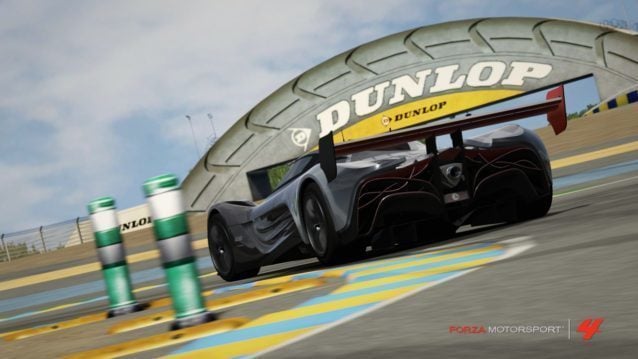
2008 Mazda Furai
This one proved to be a popular choice. Mazda’s evil-looking racer has plenty of fans, and the reason for including it is simple: the only way to drive the Furai is digitally now.
The Furai was a one-off. It was a functional one, complete with a wailing three-rotor engine, but it was nonetheless unique. So when it burned to a crisp on the set of Top Gear in late 2008, we all lost whatever infinitesimal chance we had at experiencing the car in the real world.
As video games continue to push towards greater levels of realism, racing games can function as digital history books. Experiencing the Furai at full chat on the Mulsanne in VR would be a lot more interesting than a few stock photos of it, no?

2005 Panoz Esperante GTLM
The back half of this list goes heavy on the American iron. Or, in the case of the Esperante, aluminium. The boutique sports car maker has been producing cars since 1989, and racing for just as long. While we could have focused on any of the marque’s track-oriented offerings, we settled for the supercharged Esperante GTLM.
420 horsepower almost seems quaint in an age of 600 hp GT-Rs and 700 hp Challengers, but the compact footprint of the Esperante makes it an agile performer. We think it’d look right at home in Australia or on the tracks of FM7.
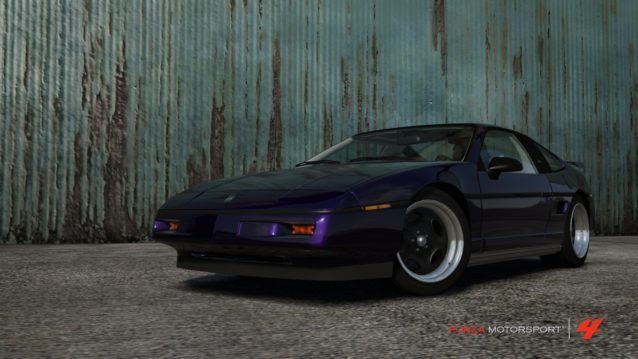
1988 Pontiac Fiero GT
The lower classes of Forza are amongst the most interesting. Sure, plenty of folks clamour for the latest hypercar, but in terms of variety, D Class is king. The Fiero — GM’s somewhat misguided attempt at a fuel-efficient commuter car — was cut down right as it was evolving into a legitimately sporty car, as seen in this final-year GT model.
Equipped with a 140 hp V6, the Fiero GT offers a torquier experience than the four-cylinder contemporary MR2. To our eyes, it’s also aged well, in that ’80s sort of way. It certainly helps that it doesn’t have some tragic faux Ferrari body kit tacked on.
As a dead brand, we should honour Pontiac’s history outside of endless permutations of Firebirds and GTOs.

1978 Saab 99 Turbo
Speaking of dead brands, here’s a torque-steering terror from Trollhättan. The 99 Turbo was cool in a way few Saabs have ever managed, before or since.
The hyper-rare 99 Turbo S was even cooler, literally: almost forty years before BMW would do it on the M4 GTS, Saab equipped this limited edition model with water injection. This resulted in 165 hp, an impressive figure for a 2.0-liter engine at the time. Bring it back, Turn 10!
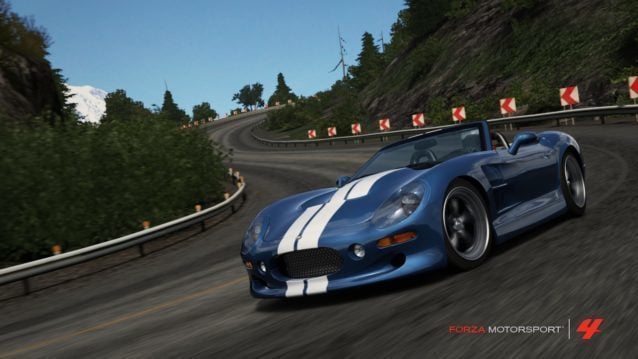
1999 Shelby Series 1
Technically, this is the second car to carry Carroll’s name in this list. The Series 1 wasn’t another manufacturer’s model tinkered by the chicken farmer, though: this was the result of a life-long dream of the legend to produce his own car from the ground up. Powered by an Oldsmobile-sourced V8, the Series 1 produced 320 hp, or 450 hp with the optional supercharger.
While not as world-renowned as the Cobra, the Series 1 is nonetheless an important milestone in Shelby history, and given its rarity — only 249 were produced — we believe it deserves another shot at digital glory.
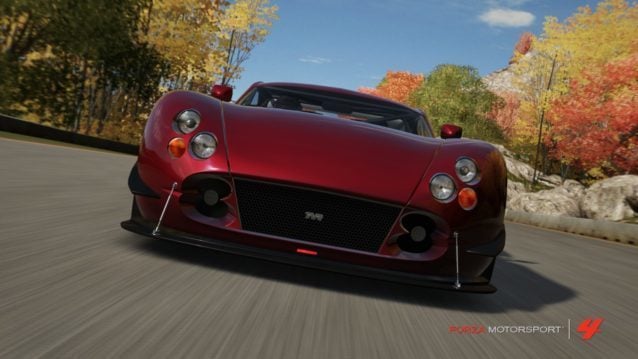
1998 TVR Cerbera Speed 12
People marvel at the latest Ferrari, the 812 Superfast. “Too much power,” they say. Yet almost twenty years ago, one mad British company tried to do the same thing.
The Speed 12 nearly landed on public roads, until the late Peter Wheeler, CEO at the time, had a ride in a development vehicle. It scared him so much, the project died. Luckily, years later, TVR would rebuild one of the prototypes and sell it off.
Like the Furai, this deserves to be preserved digitally. As both Forza and Gran Turismo drivers can attest, this is an absolute beast of a car, and half the fun is just trying to keep it pointed in the right direction.
Conclusion
That’s it: our “Desired Dozen” if you will. Which cars from previous Forza games would you like to see make their return on the current generation? We’ve got the full list available here, so let us know.
See more articles on Forza Horizon 3 DLC and GTPlanet Lists.










